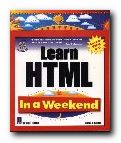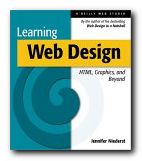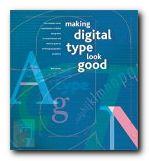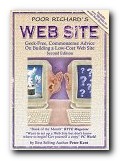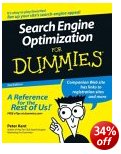interactive web site pages sample book
This is a stylish – nay, glamorous portfolio of Web page design. InteractiveDesign2 collects the best in graphic creativity from interactive environments generated over the past two years. Two hundred illustrations are featured, including color reproductions of websites, CDROMs, kiosks, and other interactive media. The companies featured include big corporations such as Coca-Cola and Mercedes Benz, National Geographic magazine, film studios, plus IBM, Sony, and Adobe. The majority are saturated with art work and heavy graphic design. But the odd thing is that they are imitating magazine advertising and the cinema screen, rather than maximising the essence of the Web page.
 Most of these sites look very attractive printed out on the page – but they take an age to download. The level of interactivity varies. A lot of the sites, when I visited them, have homepages announcing that you need Shockwave and a Flash plug-in just to view what’s beyond the entry screen. These are obviously not businesses who want to make things easy to attract lots of visitors or clients.
Most of these sites look very attractive printed out on the page – but they take an age to download. The level of interactivity varies. A lot of the sites, when I visited them, have homepages announcing that you need Shockwave and a Flash plug-in just to view what’s beyond the entry screen. These are obviously not businesses who want to make things easy to attract lots of visitors or clients.
Some crashed the browser, whilst others such as Gucci and San Francisco Museum of Modern Art – a rare case where horizontal scrolling seems to work – worked seamlessly, making a very stylish presentation.
Amazingly, none of the sites is credited with a URL. If you want to see the site live in action, you need to work out an address from the title bar or you could make a guess from the name.
There is no commentary or analysis. Designers are listed in an appendix, but it’s a bit of a fag matching names to their work, and there is no informative backup to any of this. You simply have the graphic images to inspect, plus some skimpy designer credits.
You’ll get lots of graphic design stimulation just from looking at the pages of the book. But for fuller value, you’ll need to work out those URLs and look at some of the stunning effects created on screen.
© Roy Johnson 2005
B. Martin Pedersen (ed) InteractiveDesign2, New York; Graphis, nd, pp.256, ISBN: 1888001925
More on web design
More on digital media
More on technology

